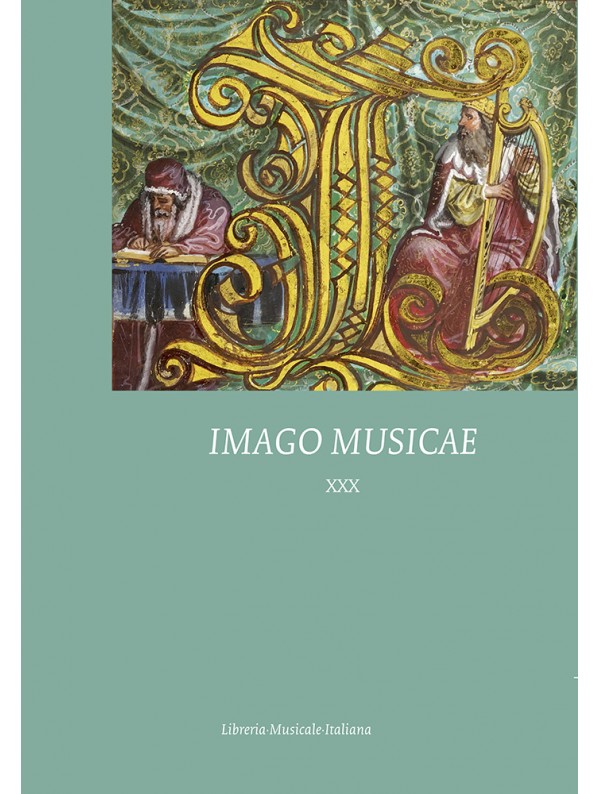Sébastien Le Camus et Marthe Haincque de Saint-Jean : un portrait historié à l’identité retrouvée, un cercle parisien esquissé
Abstract
The Musée des Beaux-Arts in Rouen (Suzanne & Henri Baderou’s art collection) owns the remarkable portrait of what appears to be a woman crowned in laurels, wearing a dress covered with lines of music, and holding a lyre and a scroll with the Latin inscription Non carior altera Phoebo (“Nobody else is so dear to Apollo”). The authors draw on archival and literary sources, furthermore on recent art historical research in order to identify both subject and painter. They scrutinize a network of musicians and artists in seventeenth-century France, focusing particularly on the composer Sébastien Le Camus (1610?–77), first owner of the painting, and his mistress, Marthe Haincque de Saint-Jean (1618–94). Whereas the inventory of Le Camus’ possessions, compiled after his death, includes a detailed description of the painting, the inheritance dispute between his widow and his mistress confirms the subject to be Haincque herself – and not Madeleine de Scudéry, as previously proposed by art historians. Furthermore, the sitter’s decidedly masculine features together with the fact that a legal guardianship document that lists her father’s (Adrien Haincque’s) children does not mention Marthe but instead a certain Mathieu of the same age, raises the question of whether Haincque might have been a transvestite or more likely a transgendered. The attribution to the experienced portraitist Élisabeth-Sophie Chéron (1648–1711) is based on stylistic analysis as well as on the painter’s personal relations with both Haincque and Le Camus. Two appendices provide abundant biographical documentation and a reconstruction of Le Camus’ portrait gallery of which the Rouen canvas formed part, respectively.





